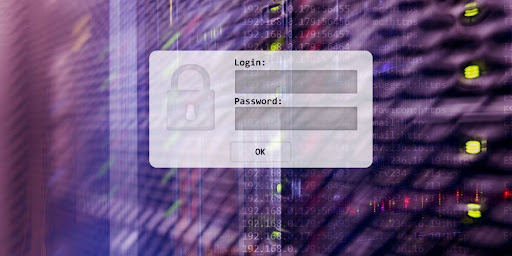In the modern digital landscape, the security perimeter of organizations has extended far beyond physical office spaces and internal networks. With the rise of remote work, cloud services, and mobile access, traditional security measures are no longer sufficient. This is where the Zero Trust model comes into play, advocating a ‘never trust, always verify’ approach irrespective of whether access requests come from inside or outside the network. Implementing Zero Trust Network Access (ZTNA) can be a challenging transition, but Fudo Enterprise offers a robust and scalable solution that simplifies this process. This article explores why Fudo should be considered for Zero Trust implementation, highlighting its architectural advantages, security features, and operational benefits.
Introduction to Zero Trust Network Access
Zero Trust Network Access is a security model and set of system designs that don’t automatically trust entities within or outside the security perimeter. Instead, it requires each attempt at accessing a system’s resources to be authenticated, authorized, and continuously validated for security configuration and posture before access is granted or kept. ZTNA minimizes potential attack surfaces by limiting access to resources to a need-to-know basis, significantly reducing the likelihood of data breaches.
Fudo’s Approach to Zero Trust
Fudo Enterprise aligns perfectly with the Zero Trust philosophy by incorporating rigorous access controls, identity verification, and network segmentation. Here’s how Fudo operationalizes the core principles of Zero Trust:
- Least Privilege Access Control: Fudo implements strict least privilege policies, ensuring users have access only to the resources necessary for their job functions. This is enforced through detailed user roles and permissions that are easy to manage and audit.
- Multi-Factor Authentication (MFA): Fudo uses MFA to ensure that user identities are authenticated using more than one verification method. This adds an additional layer of security, making it more difficult for unauthorized users to gain access even if they have compromised one set of credentials.
- Continuous Monitoring and Adjustment: Access rights and user activities are continuously monitored with Fudo. If an anomaly is detected, the system can automatically adjust access permissions or terminate sessions, thereby limiting potential damage.
Key Features of Fudo Enterprise for Zero Trust Implementation
Fudo Enterprise offers several features that make it an attractive choice for organizations looking to implement a Zero Trust architecture:
- Agentless Architecture: Fudo’s agentless setup allows for rapid deployment and low overhead. This architecture not only simplifies initial integration but also makes ongoing management more straightforward by centralizing the control of access permissions.
- Session Recording and Analysis: All user sessions can be monitored and recorded in real-time. These recordings are then available for audit and analysis, providing transparency and aiding compliance with internal policies and external regulations.
- Granular Access Permissions: Fudo enables detailed control over what users can see and do within the network. This granularity extends not just to file or system access but also to command-level permissions.
- Dynamic Access Provisioning: Just-In-Time (JIT) access is a core component of Fudo’s offering, aligning perfectly with Zero Trust principles. JIT ensures that users are granted access dynamically as needed and only for the duration required, reducing the risk of credential abuse.
- Secure Connection Gateways: Fudo acts as a secure gateway for all connections, ensuring that all data transmitted is encrypted and that no direct network connections are made between the user and the critical internal systems.
Implementation Benefits of Fudo Enterprise
Implementing Fudo for Zero Trust Network Access provides multiple operational and strategic benefits:
- Enhanced Security: By verifying every access request and continuously monitoring user activities, Fudo significantly reduces the risk of data breaches and insider threats.
- Improved Compliance: With its comprehensive logging and recording features, Fudo helps organizations meet regulatory requirements more easily, providing detailed evidence for audits.
- Scalability and Flexibility: Whether dealing with a few dozen employees or tens of thousands, Fudo scales seamlessly. Its flexible architecture supports a wide range of applications and services.
- Reduced Complexity: Fudo’s centralized management reduces the complexity typically associated with implementing a Zero Trust model, making it easier for IT teams to administer and monitor the network.
Global Adoption and Trust
Fudo is trusted by organizations worldwide, a testament to its reliability and effectiveness in enforcing Zero Trust principles. Its global footprint is evidence of its capability to adapt to various regulatory environments, making it an ideal solution for multinational corporations.
Conclusion
Choosing Fudo Enterprise for Zero Trust Network Access implementation offers a blend of security, scalability, and manageability that is difficult to match. Its agentless architecture, comprehensive monitoring capabilities, and robust access controls make it a leading choice for organizations aiming to fortify their defenses in the face of evolving threats. By integrating Fudo, companies can ensure that they not only adhere to the Zero Trust model but also enhance their overall security posture, thereby protecting their critical assets more effectively.





























